There can be your advertisement
300x150
6 Tips for Creating a Cool Home
The feeling of heat can be unbearable, especially with global warming. Even in usually cold months, the weather may be hot and humid, particularly during the day when the sun is shining. Unfortunately, many homes lack proper heat protection, ventilation, and insulation.
However, there are certain methods that can help you keep your home cool during hot days. If you're planning to build a cooler home, here are several tips:
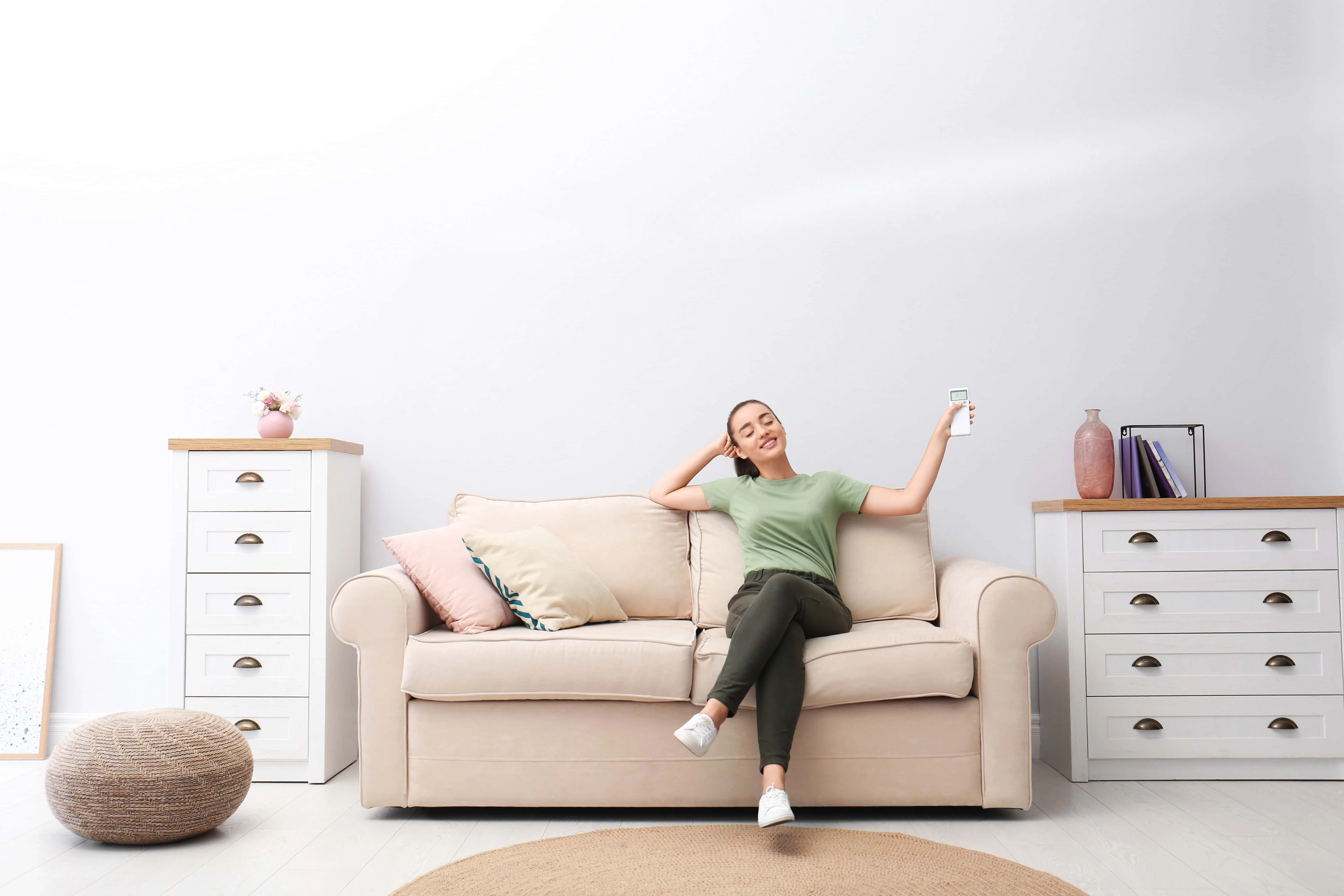
1. Consider Using a Reflective Roof
Roofs made of slate, concrete, and white metal reflect heat better than galvanized steel and asphalt. They may be more expensive but can save money in the long run by reducing the need to turn on the air conditioner.
If you're not planning a roof replacement, paint it brighter. There are paints available for most, if not all, types of roofs. Experts recommend professional painting since it's more complex than wall painting.
Additionally, high roofs and domes can also help with better heat dissipation from the home. Overhangs and porches can also protect rooms from sunlight. These structural and material solutions work together to reduce the amount of heat your home will experience.
2. Plan Equipment Maintenance
Contamination and neglect are the main causes of heating, ventilation, and air conditioning (HVAC) system failures. To ensure system efficiency, regular maintenance is critical. Maintenance should include:
- Regularly replace air filters. A clean filter prevents dust and dirt buildup in the system, which can lead to costly maintenance and/or system failure. Check filters regularly, especially during winter and summer when usage increases. Replace the filter every three months if it's dirty.
- HVAC maintenance. Regular maintenance by a qualified specialist, such as an Olathe HVAC company, is critical to preventing future issues. Specialists are usually busy in summer and winter, so it's better to check heating and cooling systems in spring and fall. Schedule inspections at the beginning and end of daylight saving time.
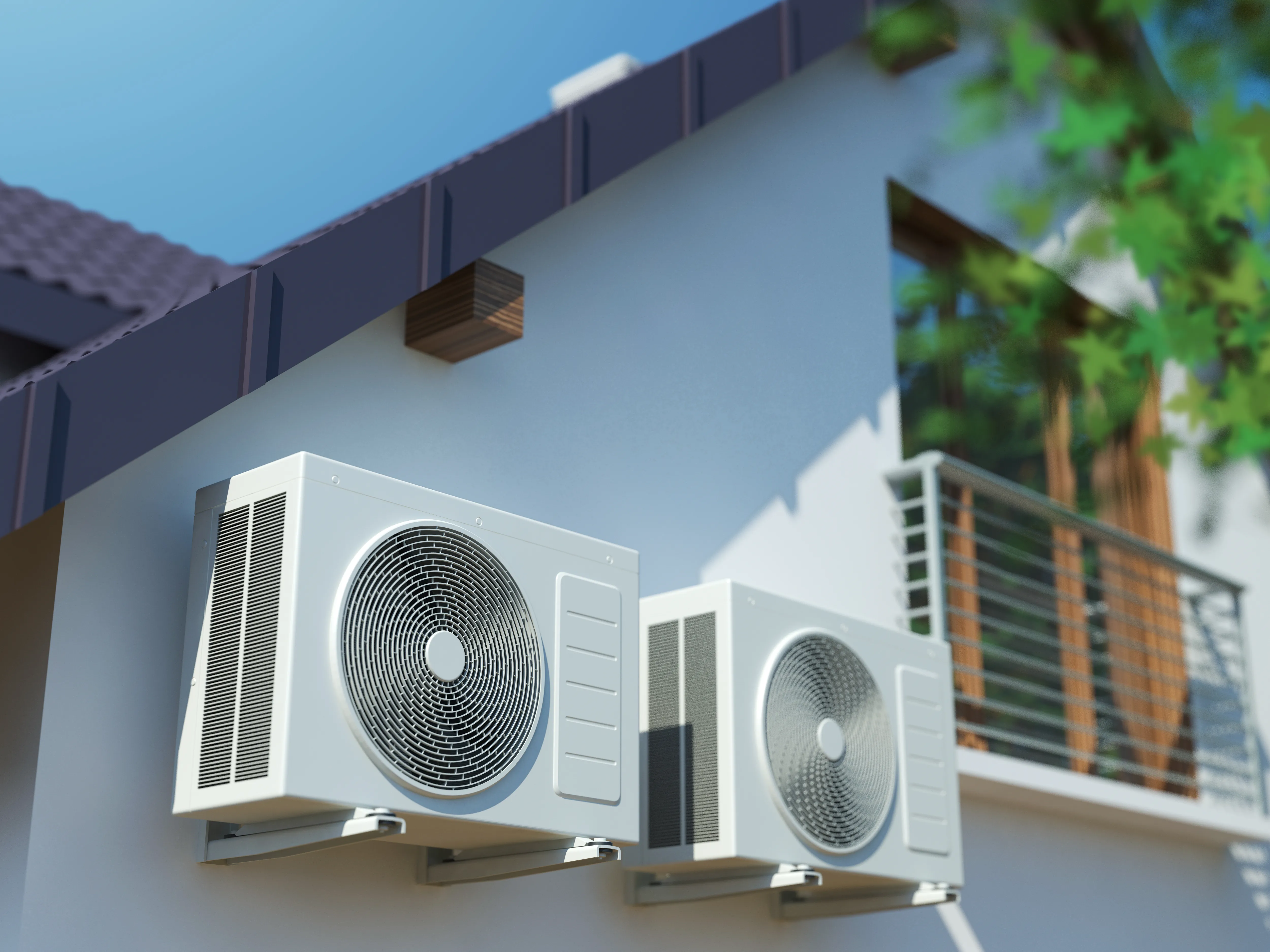
3. Have a Source of Shade
You can create shade inside and outside the home. First, grow plants. They are natural air filters, absorbing CO2 and providing clean, fresh air. Trees are the ideal plant form for creating a cooler atmosphere inside and outside the home. The taller the tree, the better. Having more than one tree is preferable. They cover more area and reduce direct sunlight hitting the house. Inside, plants like snake grass help purify the air and cool down the space.
Secondly, install curtains. This is an important part of keeping your home cool. Most rural homes use inexpensive window curtains, but quality curtains can be a good investment since they help reduce sunlight and heat entry. Thermal and black curtains are now available, helping to decrease indoor heat.
4. Choose the Right Furniture and Accessories
Selecting appropriate furniture and finishing materials can also help keep your home cool during hot days. Wooden doors better absorb heat than regular doors, and double or triple glazing helps keep heat out of the room. Additionally, the best fabrics for furniture and home accessories are light-colored cotton, linen, or hemp.
In addition to these furniture items, incandescent bulbs emit significant amounts of heat. Therefore, choose LED bulbs that consume less energy and produce less heat.
Additionally, ceiling fans are recommended for high ceilings. They let in light while saving electricity.
5. Seal Air Leaks
Cold air penetration points become channels for hot air in summer months. Worse still, hot air often combines with high humidity, increasing your discomfort. So find and seal all gaps using external silicone caulk and expand foam insulation.
Pay special attention to ducts, electrical or plumbing conduits and kitchen and bathroom exhaust vents passing through ceilings or walls. Windows and doors are also often leak points. For example, a cracked window usually leaks. You can seal it with caulk.
6. Install a Drip Irrigation System
Having a green yard is not just about its pleasant appearance. Plants can help cool your home, block wind, and purify the air. However, improper watering methods for your yard can eliminate these benefits. Therefore, a drip irrigation system is preferred. Drip systems use gravity to distribute water directly to plant roots. Eliminating pumps saves electricity and reduces evaporation losses.
Conclusion
With a few simple changes and strategic investments, you can make your home cooler—whether by purchasing new housing or improving your current one. These tips will help you save money and ensure comfort in the long run.
More articles:
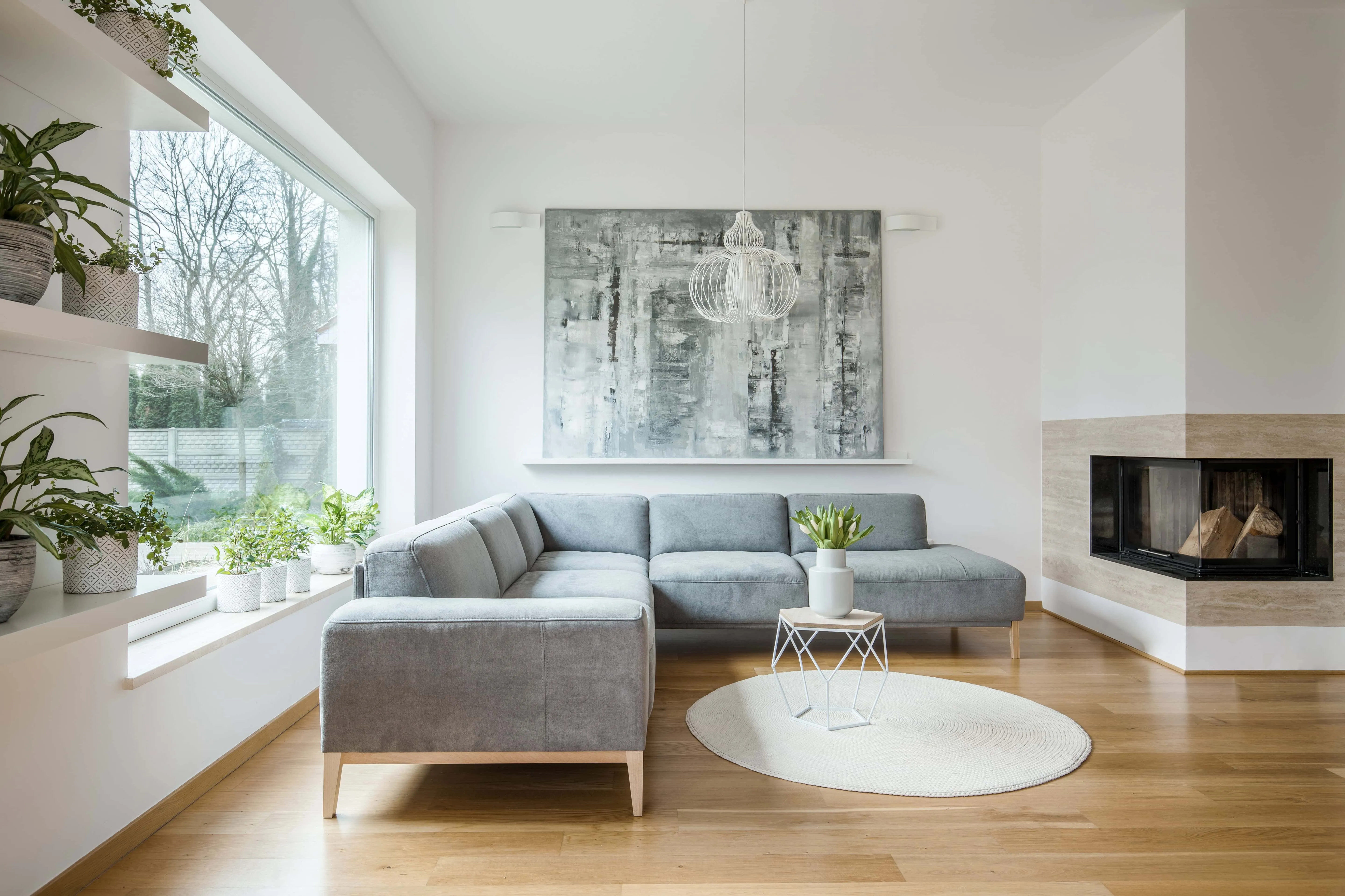 6 Best Tips for Interior Design Using Posters
6 Best Tips for Interior Design Using Posters 6 Brilliant Ideas for Simple Home Renovation
6 Brilliant Ideas for Simple Home Renovation 6 Brilliant Tips for Bedroom Renovation
6 Brilliant Tips for Bedroom Renovation 6 Common Roofing Installation Mistakes to Avoid
6 Common Roofing Installation Mistakes to Avoid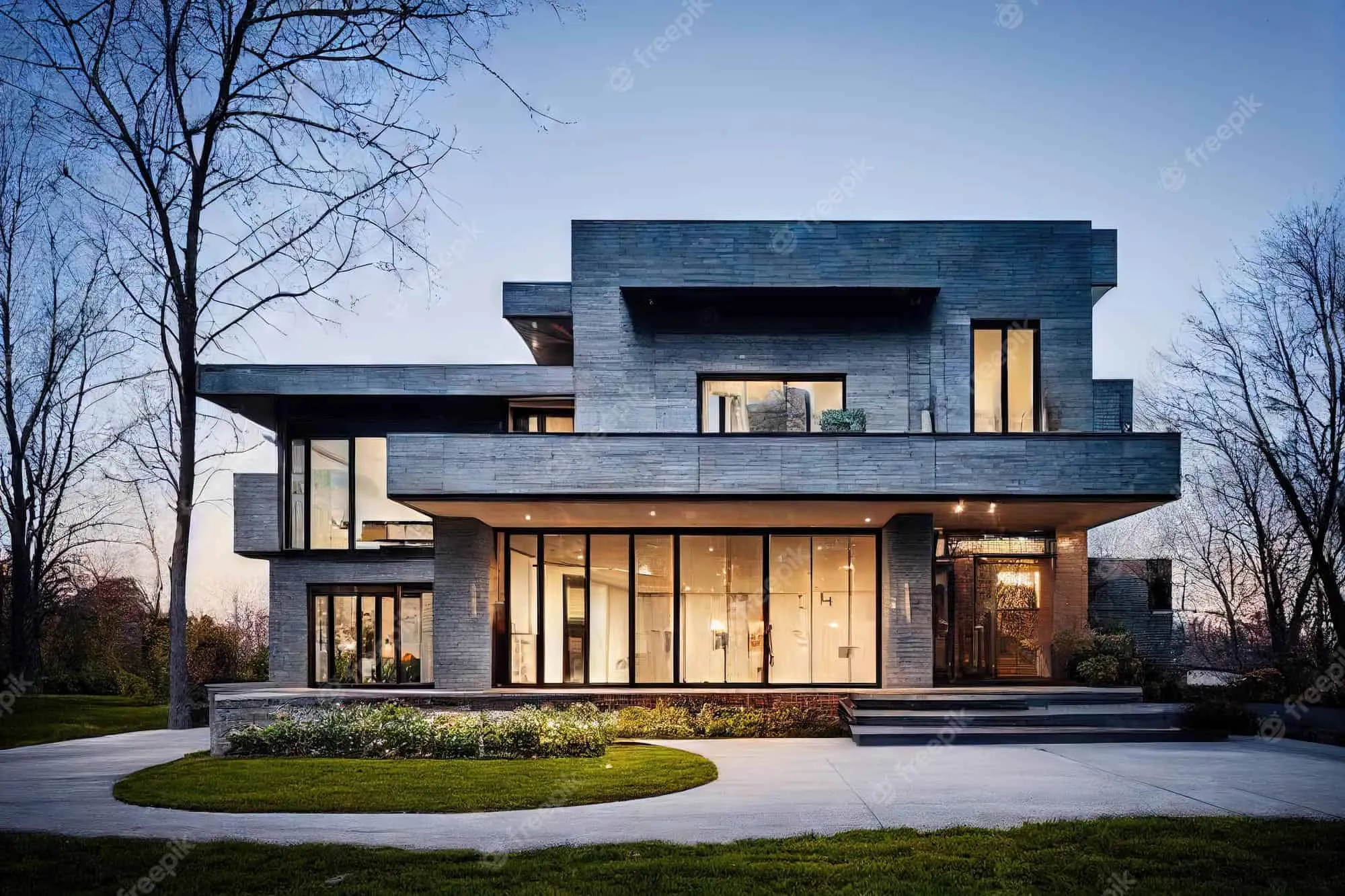 6 Considerations to Keep in Mind Before Starting Your Next Construction Project
6 Considerations to Keep in Mind Before Starting Your Next Construction Project 7 considerations before restoring a commercial building
7 considerations before restoring a commercial building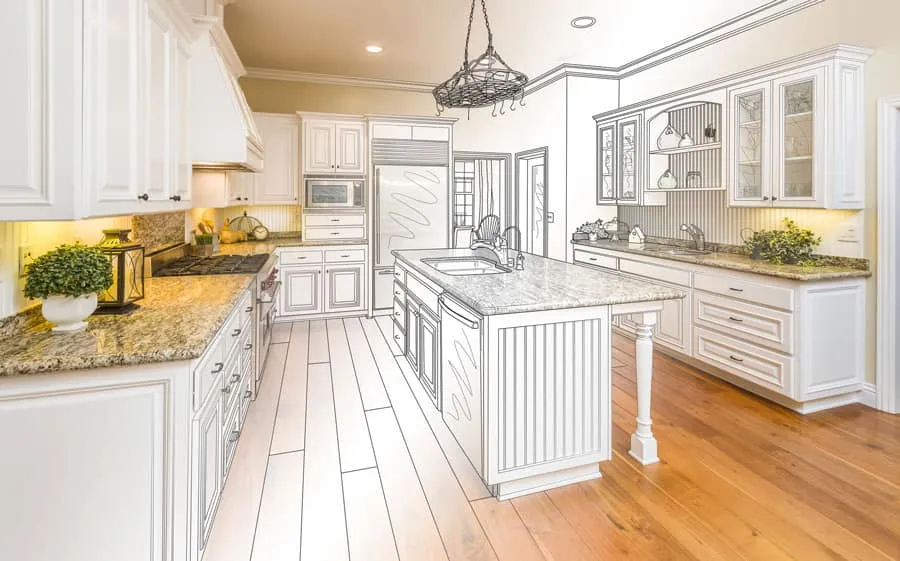 6 Ideas for Custom Home Renovation for Your Lifetime Home
6 Ideas for Custom Home Renovation for Your Lifetime Home 6 Decorative Tricks for Home Renovation in One Day
6 Decorative Tricks for Home Renovation in One Day